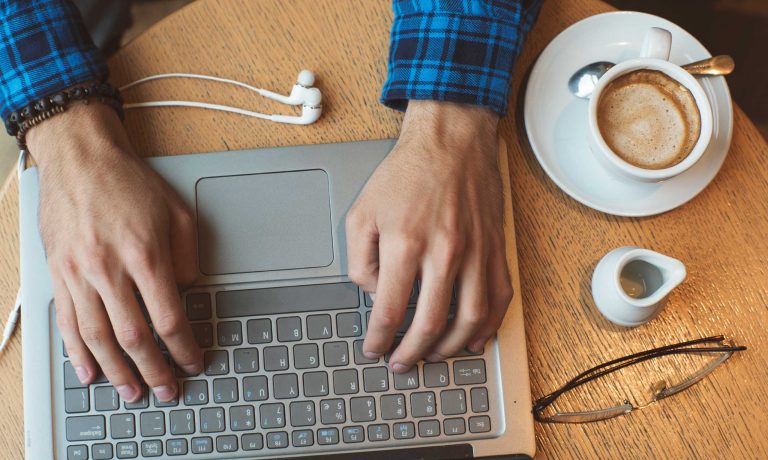Probably one of the most attractive and arguably influential attributes of any communicator we observe is their personal confidence.
Sometimes it’s a quiet and understated confidence yet we get a strong impression of someone who is very comfortable in their own skin. Other times, confidence is more palpable, it’s bigger and bolder and seems to fill a room.
But no matter what form it takes, those who possess this secret sauce of influence find their ideas seem to have greater velocity… more traction, and they create the strong impression they can handle just about anything that comes their way.
Yet if we’re honest, we would probably all agree not everyone possesses confidence in equal measure and sometimes it’s just plain hard to watch when it’s sadly lacking.
The art of confidence-building.
Nowhere is the need for this attribute more evident than when our coaches are preparing managers, executives and organizational leaders to deliver an important presentation.
To be honest, elevating an individual’s perceived confidence level is actually a very straight forward process. And presentation coaches have been selling this ability for a hundred years.
So let me distill it down to two simple skills for you…
If I only had 30-minutes to make someone appear more confident, I’d work specifically on what they’re doing with their eyes and hands. When a communicator’s eyes are evasive, drop to the floor or search the ceiling tiles for their next thought, there is a clear sense of an underlying uncertainty in what they are communicating. And when their hands are wringing nervously in front of them, they unwittingly send the message they are anxious or perhaps uncomfortable despite their claim to be “glad they’re there.”
When we can keep the executive’s eyes up and engaged and their posture open and with larger gestures, we can greatly enhance perceptions of confidence in a relatively short amount of time.
So here’s where the science kicks in and why we should care...
In October 2012, social scientist Amy Cuddy delivered a compelling presentation to a TED Talks audience. And her research would give us all some interesting insight into the biochemical process of confidence. Here’s what she and her fellow researcher discovered.
During the course of their study, they observed groups of MBA students and were able to quickly identify the outward expressions of confidence (or the lack of) in their test groups and it most often showed up in their general body language.
Those who appeared confident displayed large, open posture along with more demonstrative gestures. For those who appeared less confident, their body language was more collapsed, they had smaller gestures and were more tentative in their expression. And their apparent influence with the group was noticeably reduced.
The intersection of art and science.
They found those who communicated with larger, more open body language (perceived confidence) had clearly elevated levels of testosterone – the “dominance hormone” and a very low level of cortisol – the “stress hormone.” Conversely, the less-confident looking group consistently had lower testosterone levels and greatly elevated levels of cortisol.
So if there are chemical indicators inside us, what came first – the confidence or the chemical?
To answer this question, they brought in additional study groups and assigned each of them different body postures to emulate for 5-minutes; a high-power pose (think wonder woman hands on hips) and a low-power pose (smaller, seated positions with collapsed posture).
Then both groups were measured by their willingness to gamble – a clear risk-taking behavior requiring some confidence. Those who practiced the power-pose were significantly more likely to gamble. And the low-power posers? You guessed it – considerably less likely. And when their hormone levels were tested, the high-power posers showed elevated levels of testosterone and lowered levels of cortisol. And the low power-posers – just the opposite.
In other words, their physical posture for 5-minutes directly impacted their biochemical hormone levels and ultimately their outward, observable behaviors. So what does this mean to us?
The art and science of confidence are two sides of the same coin and can powerfully combine to create change in you.
I suppose you could practice power-poses before your next big presentation. But for more meaningful and lasting change, more is needed. So here’s my advice… find a good presentation coach for you and your team.
When you go through quality presentation skills training and are coached into more confident-appearing skill behaviors (eyes, hands, movement) – you are actually doing so much more than simply reinforcing rote physical behaviors. If Amy Cuddy is right, you’re also altering body chemistry through the mere physical process – a change that can help your new level of confidence become an ever-increasing reality for you.
But the thing about personal change (in any category), it’s more indelible when it happens both on the inside and outside of us. Not just chemical processes or skill building, but also our deepest thoughts about who we are and what we can and want to become. That’s where personal change truly begins.
And perhaps the most important point of all is knowing that it’s possible to do something that yesterday felt impossible. To deliver a presentation we never thought we could – stand up for something we didn’t think we had the courage to confront – or try something new or scary just because.
We usually just need to find the tools to help us get there…

